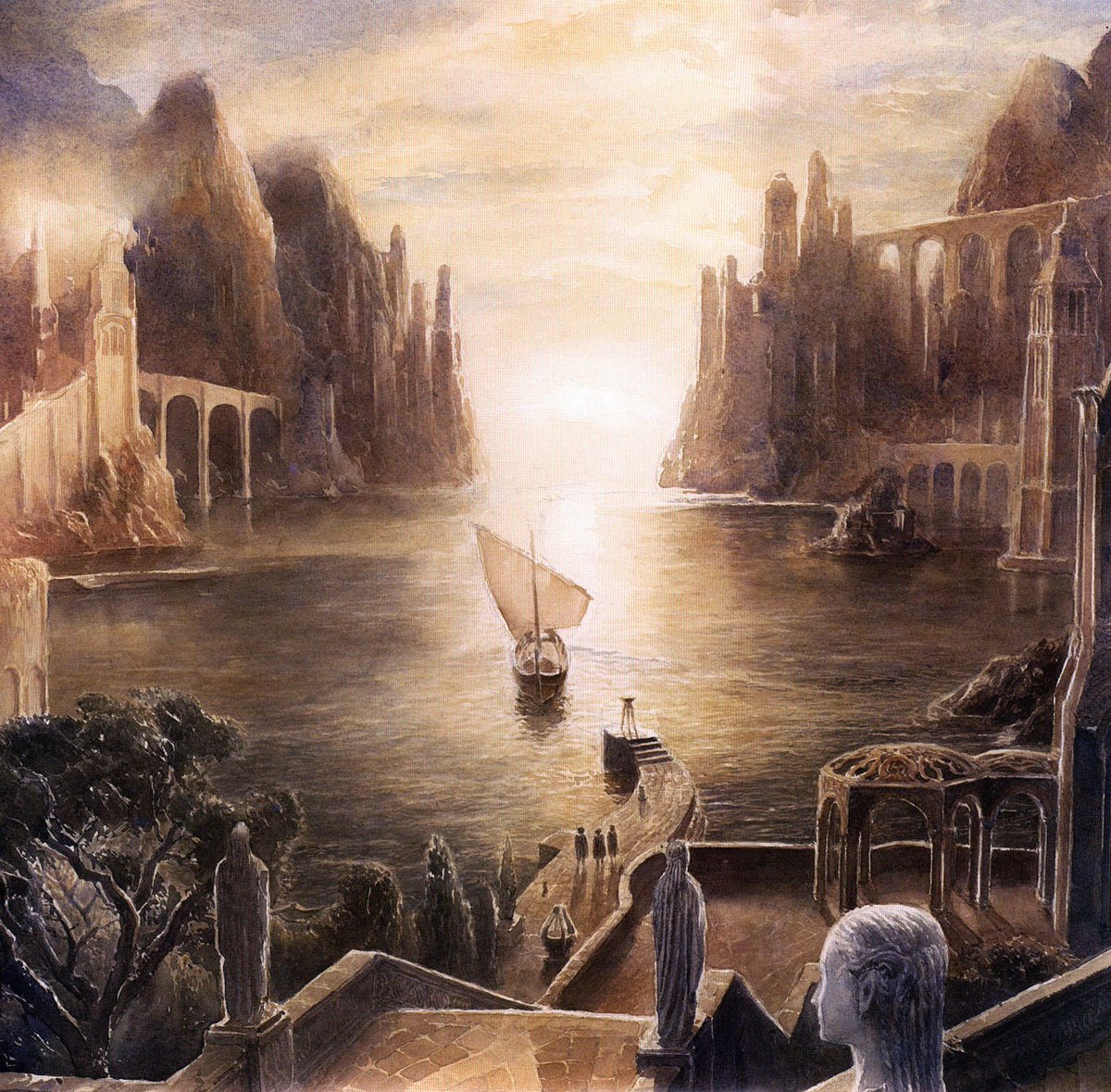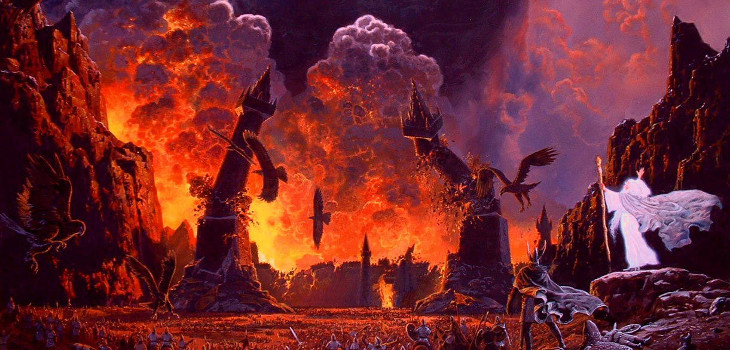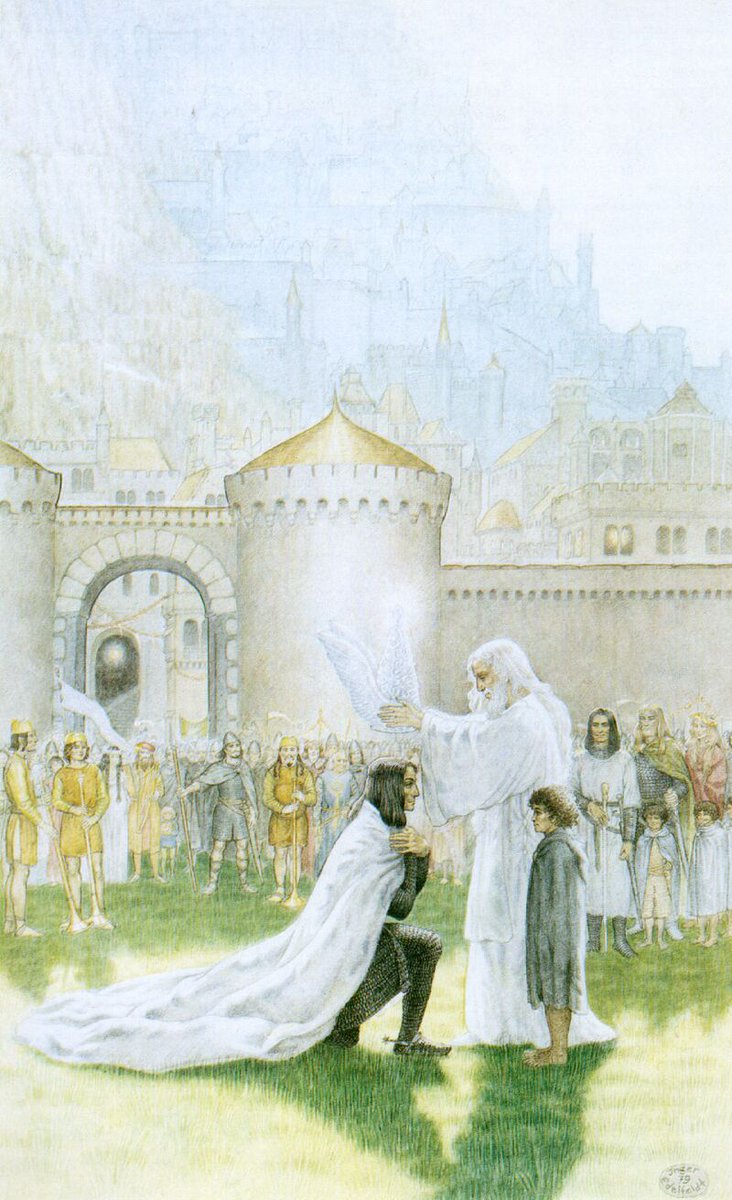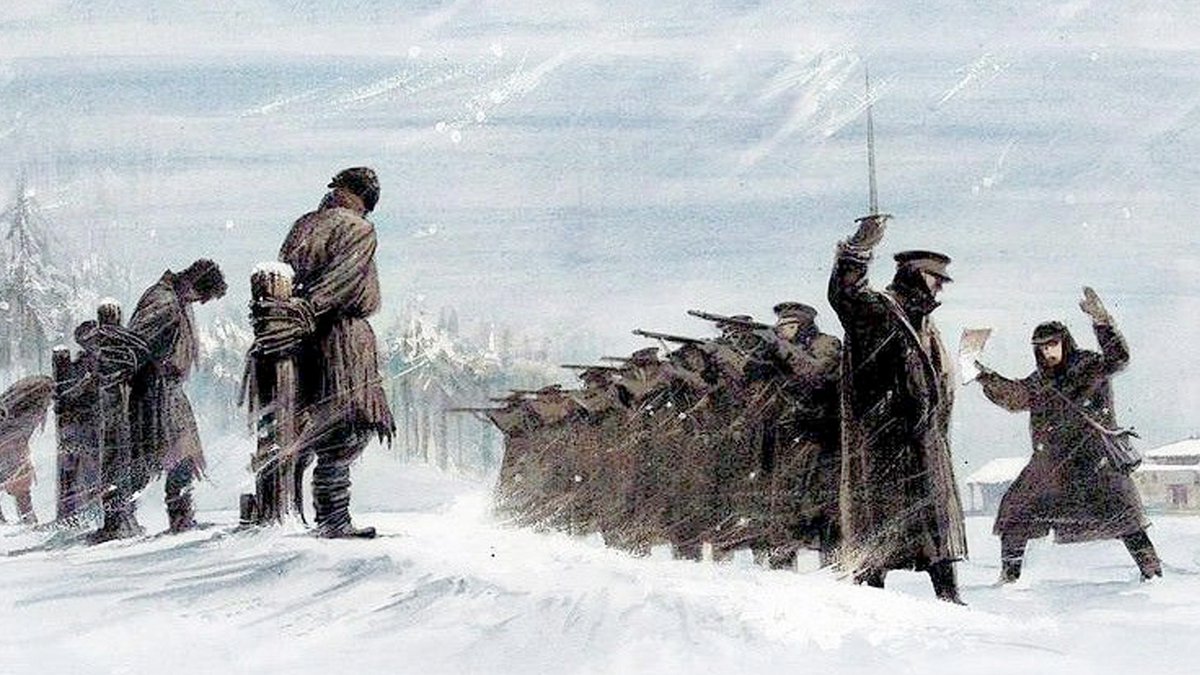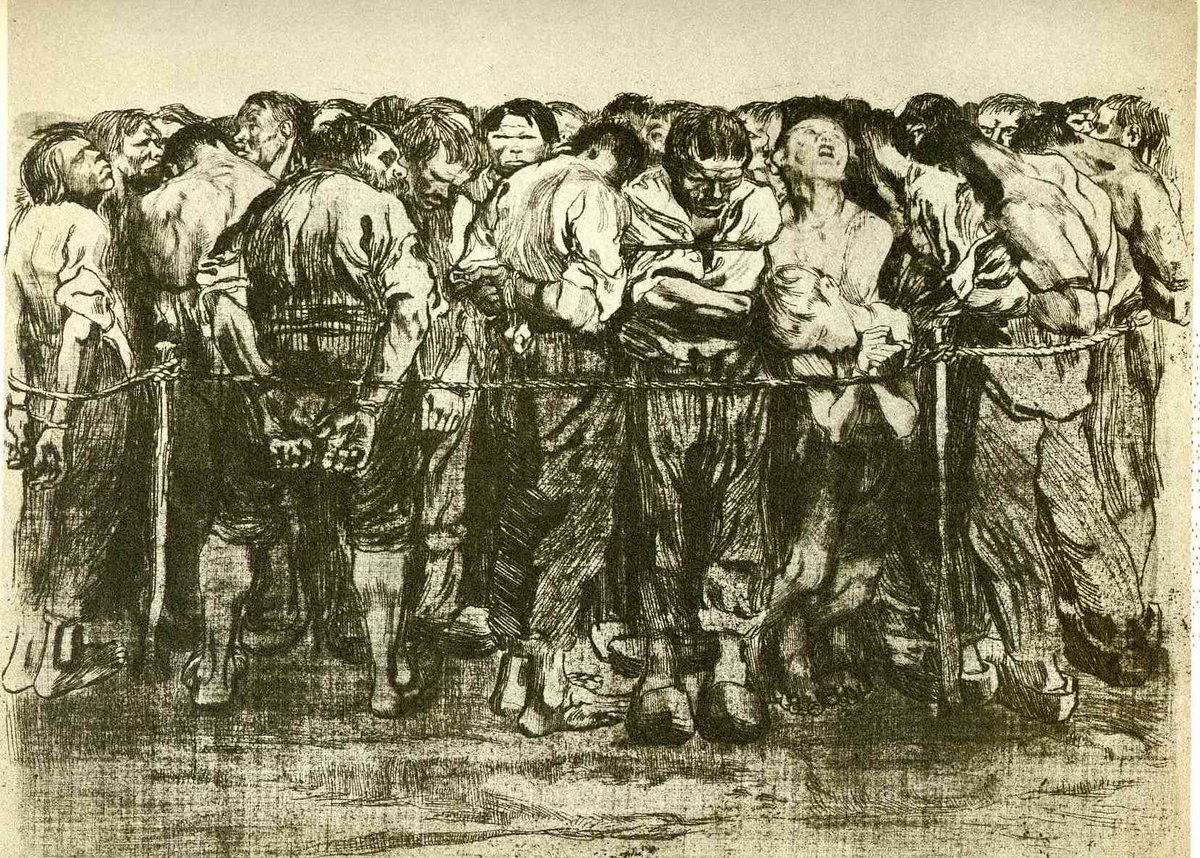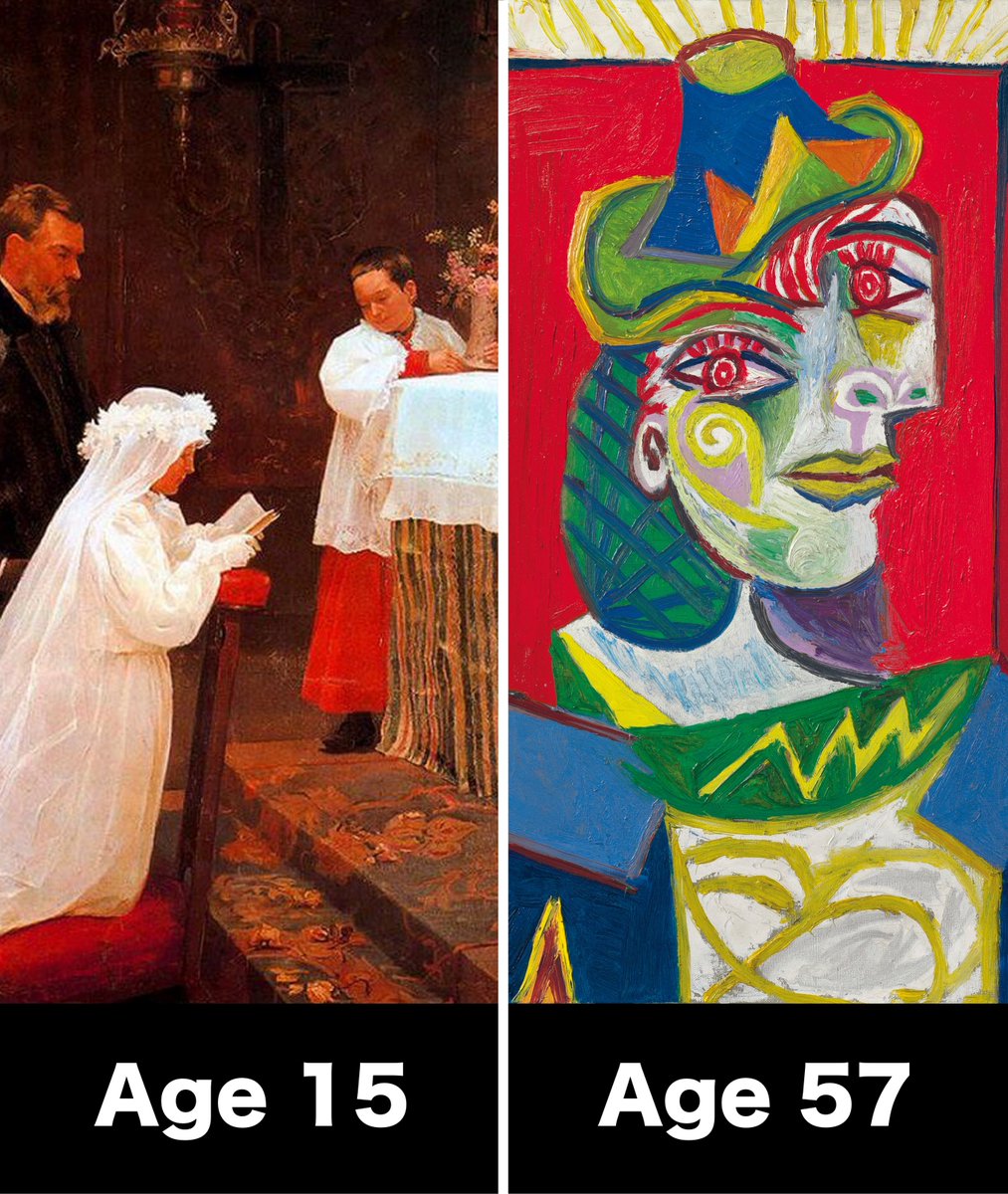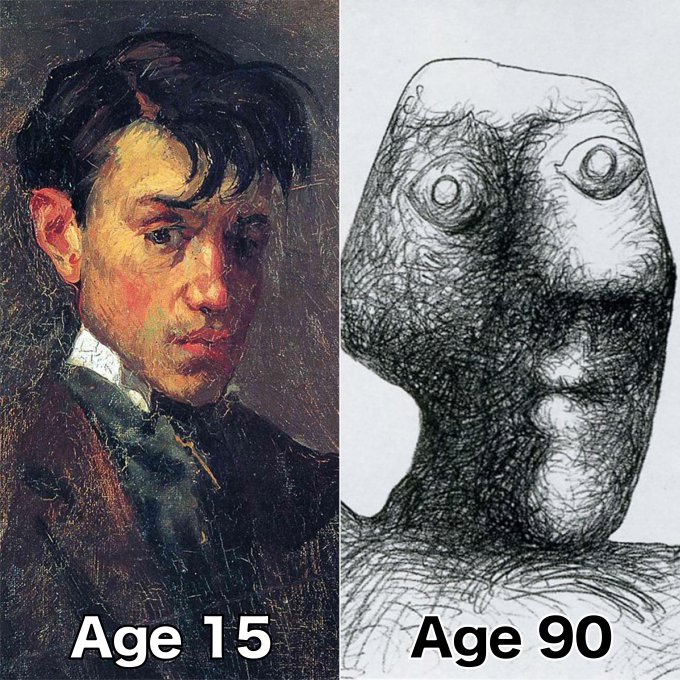The fall of Rome is widely misunderstood.
It wasn't invasion, disease or famine that truly brought it to its knees.
Rome collapsed because the birth rate did… (thread) 🧵
It wasn't invasion, disease or famine that truly brought it to its knees.
Rome collapsed because the birth rate did… (thread) 🧵
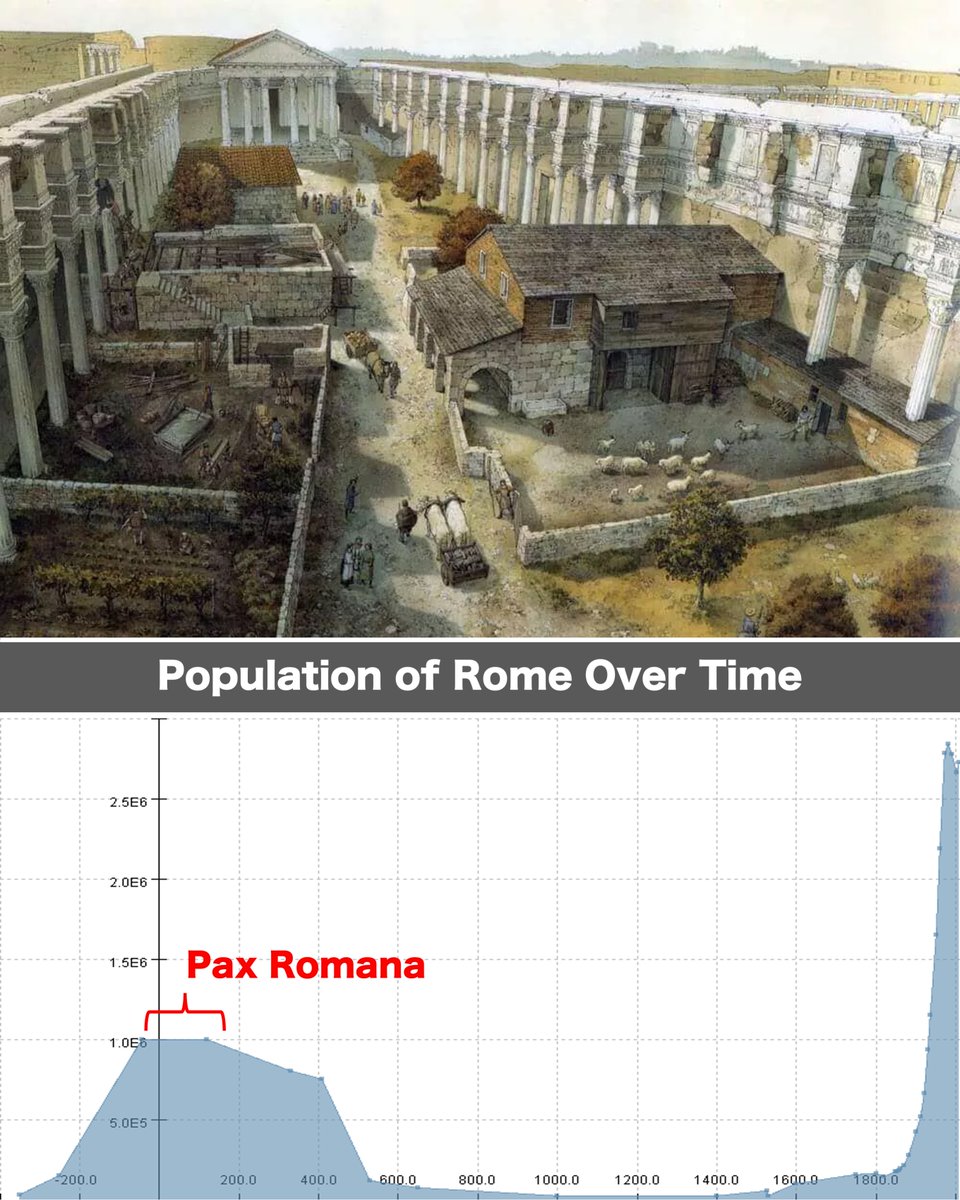
As with many nations today, Rome had a long period of prosperity followed by a decline in birth rates.
The same is true of urban populations throughout history...
The same is true of urban populations throughout history...

Rome's fertility problem was identified as early as 49 BC by Caesar, and Augustus later tried to encourage childbearing.
Childlessness was especially common among the upper classes — why?
Childlessness was especially common among the upper classes — why?
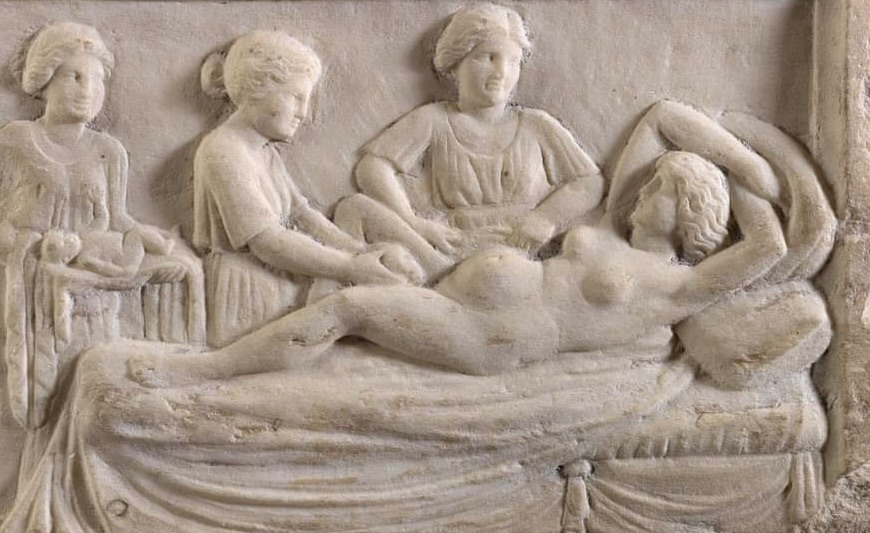
They had become more concerned with status than family. No children to inherit your wealth meant you could use it instead to acquire status and influence.
"Children were now luxuries which only the poor could afford."
"Children were now luxuries which only the poor could afford."

Wealthy women were having <2 children on average (as analysis of skeletons in Herculaneum has shown).
That's a huge problem when the replacement rate is 6+ due to infant mortality...
That's a huge problem when the replacement rate is 6+ due to infant mortality...

Abortions and infanticide were also rampant in the culture.
Early Christianity pushed back by championing a pro-natal culture, though it remained a relatively small movement until the 4th century.
Early Christianity pushed back by championing a pro-natal culture, though it remained a relatively small movement until the 4th century.

Augustus tried to fix things: the jus trium liberorum ("right of three children") awarded privileges to citizens with 3 or more children.
There were also tax penalties for the unmarried and childless — for men over 25 and women over 20.
There were also tax penalties for the unmarried and childless — for men over 25 and women over 20.

When the birth rate problem had spread to the agricultural classes by 100 AD, Trajan's welfare program tried to stimulate the birth of freeborn men.
But all such policies failed, as Tacitus later said, "so powerful were the attractions of a childless state..."
But all such policies failed, as Tacitus later said, "so powerful were the attractions of a childless state..."

So, Rome stopped producing Romans.
Low fertility combined with war and plagues meant so many farms in Italy were abandoned by 193 AD that Pertinax offered the land for free to anyone who would cultivate it.
Low fertility combined with war and plagues meant so many farms in Italy were abandoned by 193 AD that Pertinax offered the land for free to anyone who would cultivate it.

Population decline was then exacerbated by the wars and plagues of the 3rd century crisis.
As the Empire's outward expansion ceased and its free population dwindled, emperors were forced to import more and more barbarians to sustain their armies.
As the Empire's outward expansion ceased and its free population dwindled, emperors were forced to import more and more barbarians to sustain their armies.

When Romulus Augustulus was eventually deposed in 476 AD to mark the end of the Empire, it was by barbarians in his own ranks.
Barbarian mercenaries by this point dominated the Roman army, and chose for themselves a new leader.
Barbarian mercenaries by this point dominated the Roman army, and chose for themselves a new leader.

War and pestilence had much to do with the collapse, but Romans had outlived those horrors many times before. This time, Rome had eaten itself from within first.
"No great nation is ever conquered until it has destroyed itself."
"No great nation is ever conquered until it has destroyed itself."

Rome was the first city to reach 1 million people — a feat not achieved again until 19th century London.
Yet by 600 AD, fewer than 30,000 people were living in what was left of it...

Yet by 600 AD, fewer than 30,000 people were living in what was left of it...


If you enjoy threads like this, I go deeper in my FREE newsletter.
Do NOT miss tomorrow.
99,000+ people read it: art, history and culture 👇
culture-critic.com/welcome
Do NOT miss tomorrow.
99,000+ people read it: art, history and culture 👇
culture-critic.com/welcome
• • •
Missing some Tweet in this thread? You can try to
force a refresh


